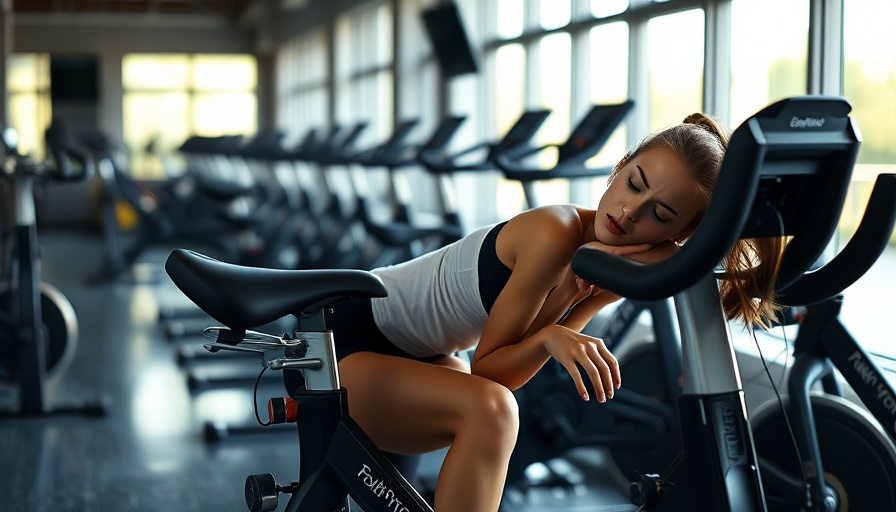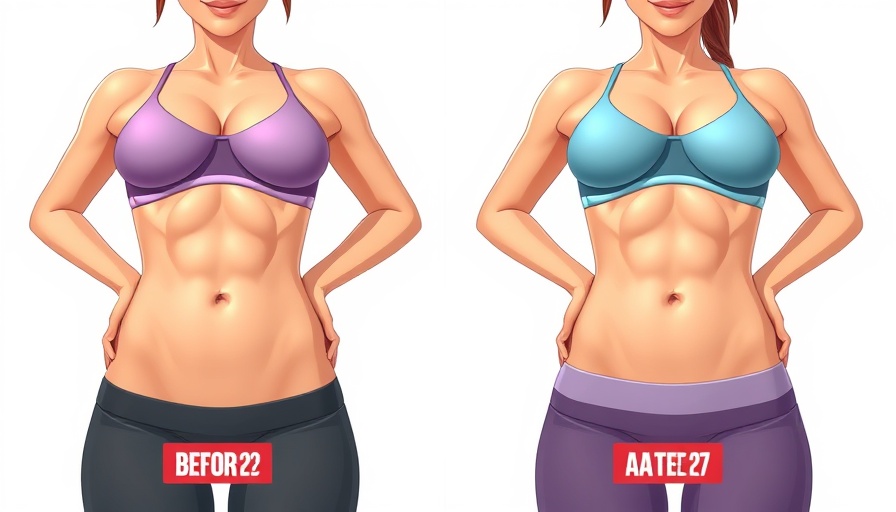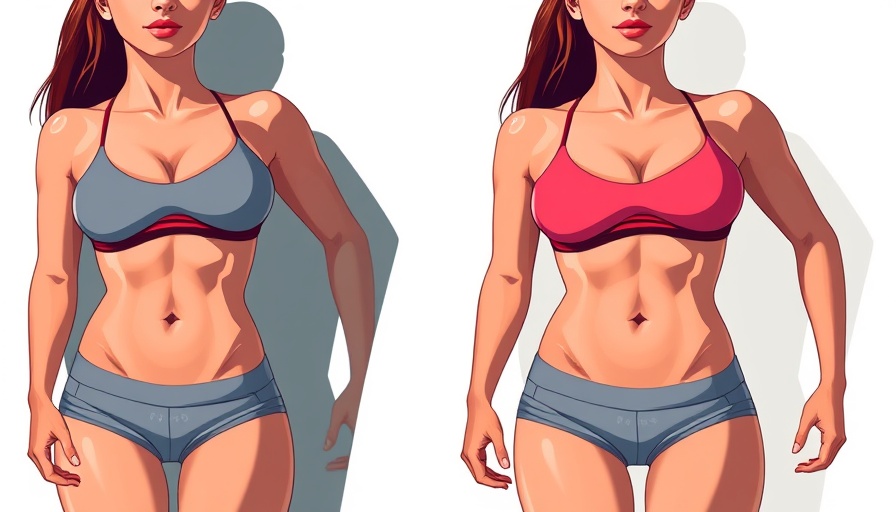
The Hidden Challenges of Indoor Cycling
Indoor cycling has become a popular training method for riders of all levels, especially during seasons when outdoor riding is less feasible. Despite the benefits of structured workouts and the ability to ride regardless of weather conditions, many cyclists encounter pitfalls that can hinder their performance and enjoyment. According to USA Cycling certified coach Paul Warloksi, the physical discomfort of staying stagnant combined with boredom from a lack of scenery can lead to diminished indoor cycling experiences.
Common Mistakes That Stifle Performance
One of the most prevalent mistakes cyclists make is failing to maintain their outdoor bike fit when transitioning indoors. Adjustments in saddle height or handlebar placement can precipitate unnecessary strain. Warloksi emphasizes that a consistent fit allows for optimal power output, thereby maximizing performance. When it comes to stationary bikes, new riders often expect the same power readings as they would get outdoors, which is unrealistic. Sarah Griffin, a Cyclebar master instructor, explains that indoor bike designs are inherently different and restrict movement, impacting wattage outcomes.
Making Indoor Cycling More Enjoyable and Effective
Creating a conducive indoor cycling environment can significantly improve the overall experience. Importantly, riders should avoid enduring discomfort by adjusting their setups for better fit. Griffin advises beginners to seek professional assistance to find the right configurations for stationary bikes, as incorrect saddle height can lead to ineffective leg extension and knee pain.
Implementing occasional adjustments and using proper gear, such as cycling shorts, can mitigate issues like saddle sores, which are often exacerbated during indoor rides. A proper kit is essential, even if the session seems short, as movement is limited.
Maximizing Motivation Through Environment
Combatting the monotony of indoor cycling requires careful attention to one’s environment. Incorporating a couple of fans to circulate air can help counteract the stale indoor atmosphere, while the use of two screens—one for tracking progress and another for engaging content—can enhance motivation and focus during a ride. Warloksi also suggests regular breaks from the bike to avoid the mental fatigue that often accompanies long indoor sessions.
Final Thoughts for Gym Owners and Fitness Trainers
Understanding and addressing these common indoor cycling mistakes can significantly enhance the experience for users in gyms or personal training settings. By creating a structured yet dynamic environment, fitness professionals can ensure that all cyclists, from beginners to seasoned riders, maximize their indoor training potential.
In conclusion, recognizing the unique challenges of indoor cycling and taking proactive steps to avoid common mistakes will boost both performance and enjoyment. Fitness trainers and gym owners alike must emphasize proper setups, equipment, and overall environment to help cyclists thrive indoors.
 Add Row
Add Row  Add
Add 




Write A Comment